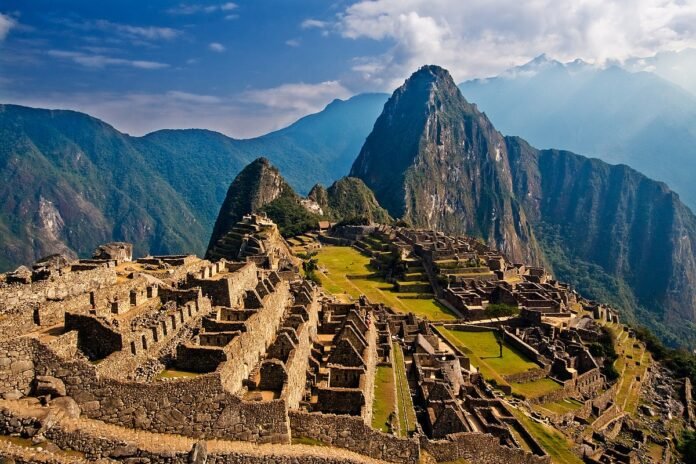The earliest cataloging of the Seven Wonders of the Ancient World dates back more than 2,000 years when Hellenic travelers compiled these illustrious landmarks. Sadly, with the exception of the Great Pyramid of Giza, these wonders no longer stand, succumbing to earthquakes, fires, and, in one case, destruction by an angry mob. Numerous lists of wonders have emerged since then, reflecting the ever-evolving perspectives of different eras. Today, we present our curated selection of 10 wonders of the world.
You may like: 10 Things Not to Do in Bangkok
- Parthenon
- Location: Atop the Acropolis in Athens, Greece
- Construction Period: 447 BC – 432 BC
- Significance: Originally built to house a colossal statue of Athena Parthenos, the Parthenon has endured various roles throughout history, serving as a fortress, church, mosque, and powder magazine.
- Easter Island (Rapa Nui)

- Location: Isolated island in the Pacific Ocean
- Creation Period: Circa 1250 AD – 1500 AD
- Significance: The iconic moai, monolithic statues, were carved by Polynesian settlers and represent deceased ancestors and powerful chiefs. Approximately 50 moai have been re-erected on Easter Island or displayed in museums.
- Taj Mahal
- Location: Agra, India
- Construction Period: 1632 – 1653
- Significance: Commissioned by Emperor Shah Jahan in memory of his favorite wife, the Taj Mahal is a stunning white marble mausoleum, featuring intricate architecture, reflecting pools, and ornamental gardens.
- Colosseum
- Location: Rome, Italy
- Construction Period: 72 AD – 80 AD
- Significance: The largest amphitheater in the Roman Empire, the Colosseum hosted spectacles that lasted for 100 days during its opening ceremonies, showcasing gladiator contests and animal fights.
- Angkor
- Location: Siem Reap, Cambodia
- Construction Period: 9th – 15th century AD
- Significance: Encompassing the iconic Angkor Wat and Bayon Temple, Angkor represents the capital of the Khmer Empire. It has undergone religious transformations between Hinduism and Buddhism.
- Teotihuacan

- Location: Valley of Mexico
- Construction Period: 2nd century BC – 450 AD
- Significance: Teotihuacan features vast pyramids, with the Pyramid of the Sun being one of the largest in Mesoamerica. Aztecs later honored and utilized these pyramids.
- Petra
- Location: Southern Jordan
- Significance: Carved into rose-red cliffs by the Nabataeans, Petra served as a crucial junction for ancient trade routes. Al Khazneh, known as “The Treasury,” is a masterpiece within this captivating city.
- Machu Picchu

Early morning in wonderful Machu Picchu - Location: Urubamba Valley, Peru
- Rediscovery: 1911 by Hiram Bingham
- Significance: Dubbed the “Lost City of the Incas,” Machu Picchu is a self-contained city hidden above the Urubamba Valley, surrounded by agricultural terraces and natural springs.
- Great Wall of China
- Construction Period: 5th century BC – 16th century AD
- Total Length: 8,851.8 kilometers (5,500.3 miles)
- Significance: Built to protect northern borders from Xiongnu tribe attacks, the Great Wall is an extensive fortification constructed during various dynasties.
- Pyramids of Giza

- Location: Cairo, Egypt
- Construction Period: Approximately 2560 BC
- Significance: Home to the Great Pyramid of Khufu, the only surviving Wonder of the Ancient World, the Giza necropolis is an enduring symbol of ancient Egypt’s architectural prowess.





























